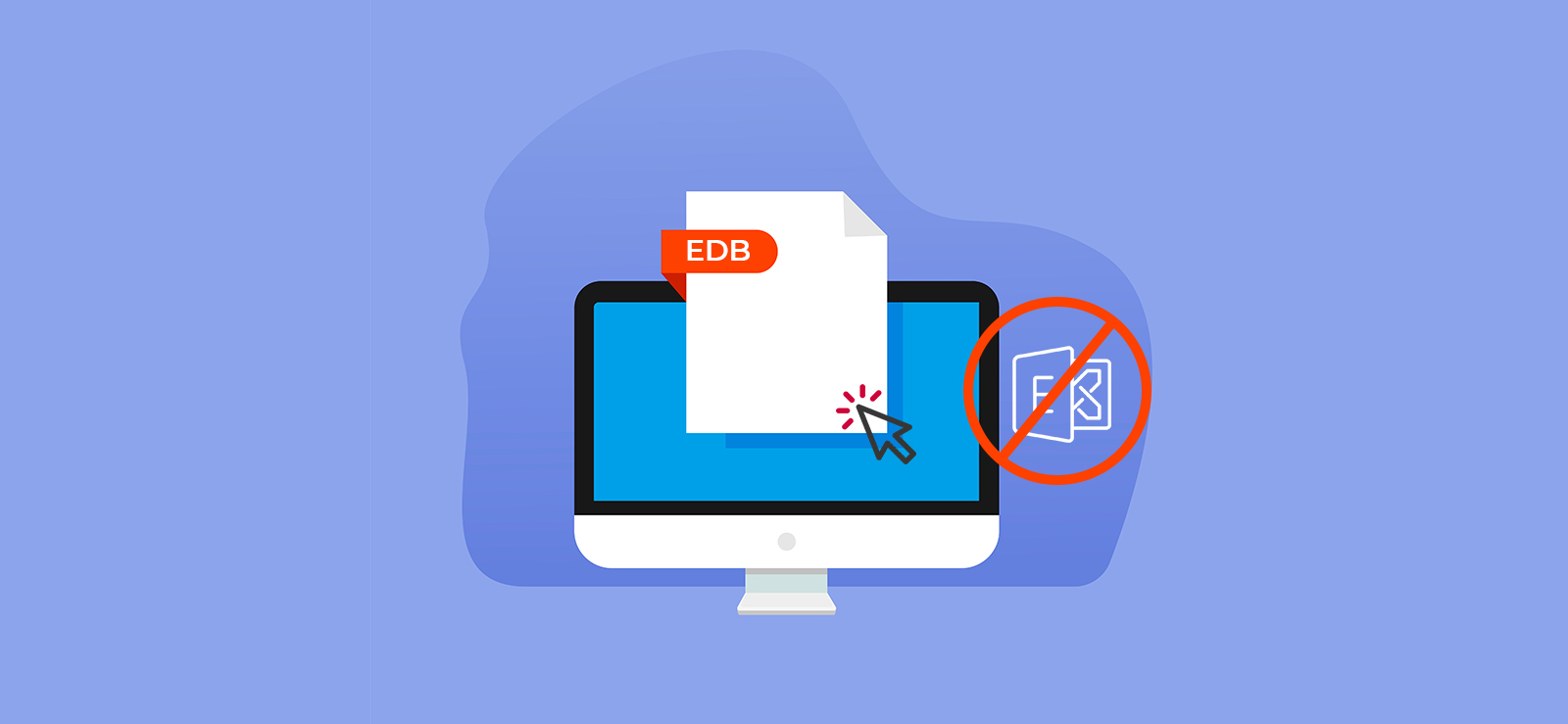Read time 4 minutes
In a Database Availability Group, when you copy a database from an Exchange Server to and place it on a different Exchange Server at a different location, the process is called ‘Seeding.’ This database replica, also known as “Database Passive Copy”, increases the availability of your data and helps in avoiding situations like data inaccessibility.
The second copy of the database is regularly updated by replaying logs. But, in very rare conditions, the database replica fails to update and display the database status as “Mailbox Database Copy Failed & Suspended”. To fix this problem, the admin must reseed the database again using a fresh active Exchange Server.
Why Must You Fix the “Mailbox Database Copy Failed & Suspended” Error?
Exchange Server is a high availability server that millions of people use worldwide. Seeding is vital to keep the server ready to access whenever required. When you get the mailbox suspended error, fixing it must be your top priority. A few common scenarios when you must reseed the server are:
- The original database is unavailable after a server crash or major failure.
- The Exchange log files are corrupted on the copied server and cannot be played correctly.
- The original database copy has recently undergone a maintenance task like offline defragmentation.
If you are dealing with any one of the issues above, you must check the database copy with the following command:
If you get an error like “Error: Passive copy “database_name” is not in a good state. Status: FailedAndSuspended ”, you have to perform server reseeding with the methods given below.
How to Fix “Mailbox Database Copy Failed & Suspended”?
To fix the issues, you have to reseed the server again. You can use Exchange Management Shell or the Exchange Admin Center for the reseeding process. Both methods are given below:
Method 1: Reseed using Exchange Management Shell
Open the shell and run the following command:
The cmdlet will seed the copy of the DB322312 on Server NDR32 using NDR53 as the Source Server. Sometimes an old log file may prevent you from reseeding the database. To remove any old data from the database copy, you must run the following command.
The DeleteExistingFiles cmdlet deletes the existing log files to avoid any error messages.
If the source database is huge in size, it will take a significant amount of time to copy. In such a case, use the following command:
This command will make sure the seeding process is continued in the background, even if the EMS is closed.
You can also combine all these commands like this:
Before running the reseeding cmdlet, the Exchange Administrator should check multiple points necessary for copying the database.
The reseeding process will take time as per the database size and the network speed between the source and destination Exchange Servers.
By default, the cmdlet will use only the DAG group member server with the active database copy as the host server to copy the database.
The final data at the destination will be larger than the source database. For example, if the size of the database is 100 Gigabytes, the database at the destination will have more than 100 Gigabytes because it will consist of transaction log files and content index information additionally.
The copy process will take less time if the source and destination Exchange Server belong to the same DAG group. The copy process may take significant time to complete if the servers belong to different DAG groups.
Method 2: Reseeding using the Exchange Admin Center
You can also use the Exchange Admin Center to reseed the copy process. The steps to do so are:
Step 1: Log in using Administrator credentials and go to Server>>Database.
Step 2: Here, select the database that is to be updated.
Step 3: Click the Update button to start the reseeding process.
Step 4: Click the Browse button to add the source Exchange Server.
Step 5: The method of reseeding will begin. Wait for the process to end.
So, this is the whole process of handling a ‘mailbox database copy failed and suspended’ situation. Thus, you can manage the situation using various PowerShell cmdlets and Exchange Admin Center.
But if the database faces corruption, sometimes the copy process will not be fruitful. In that case, try a professional Exchange recovery tool, making the Exchange server work more efficiently and securely.
Fix Database Corruption using Kernel for Exchange Server
Exchange database recovery tool is a powerful Exchange database corruption remover that can access the entire database and remove the corruption in the least time. After recovering the database, you can directly save the data to the destination Exchange Server or even Office 365 cloud. Also, this tool supports all the latest versions of Exchange Server, including Exchange 2019 Cumulative Update 15.
The tool can scan and recover EDB files of any size. You can recover single or multiple EDB files using the tool with all the emails, contacts, calendar, etc., data items intact with original metadata. The tool also preserves the original folder hierarchy, including default and user-created folders.
Conclusion
When you try to seed a mailbox database, you may get an error ‘Mailbox Database Copy Failed & Suspended.’ You can easily resolve the issues using the Exchange Admin Center (EAC) and the Exchange Management Shell (EMS). In case during or after the seeding process, your database is missing some critical data or becomes corrupt, use the professional Exchange Data Recovery tool to safely recover your mailboxes with original data.







